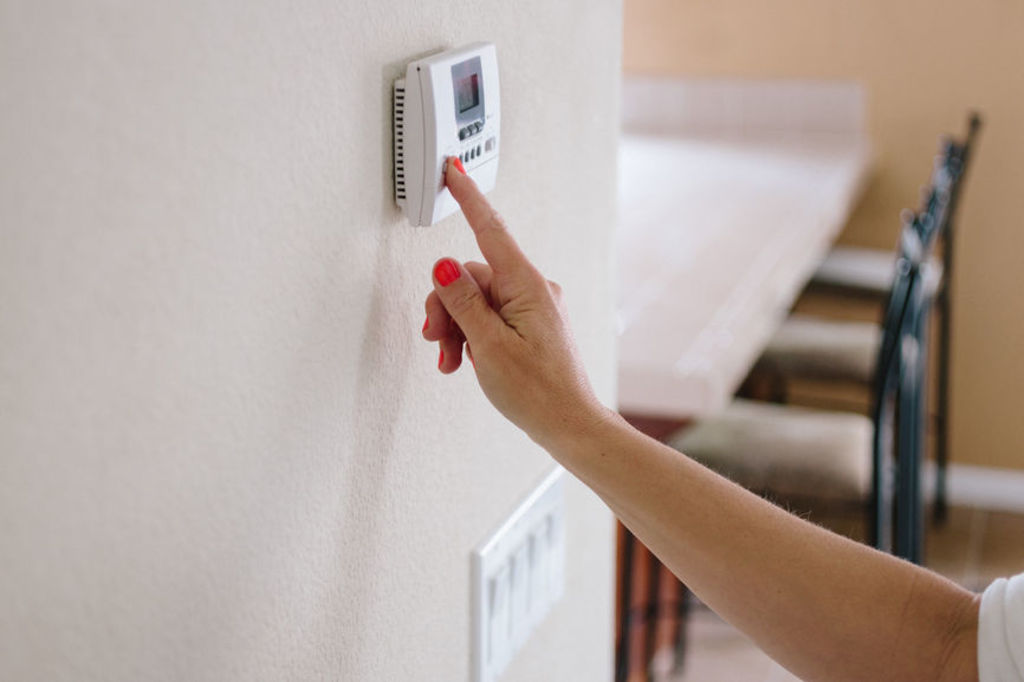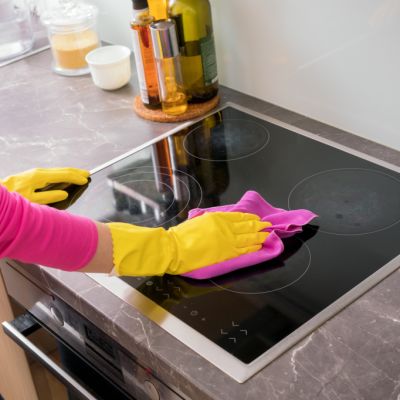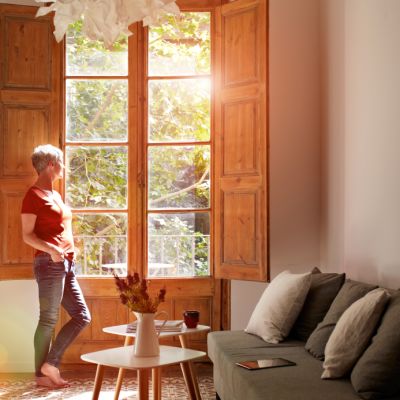Gas vs electricity: Which one is better to heat your home this winter?

With the temperature dropping as we head into winter, it’s essential to consider which fuel is better for heating our homes.
Gas and coal-generated electricity are the two major ways Australians heat their homes, and they rarely switch sides to the other fuel source. However, with technological advances in heating and current fuel prices, you may be given reason to change.
Years ago, gas would have been the winner when it came to competing costs. However, due to gas exports and trade agreements, the price of gas has shot up. This year Australia overtook Qatar to become the largest exporter of natural gas in the world. This has resulted in a tripling of the wholesale domestic prices in just a few years.

“The main problem with gas is it’s in high demand in overseas markets, especially Asia. Since we opened up our gas markets to the Liquefied Natural Gas (LNG) export industry, we now have to pay the same for our gas as international markets are prepared to pay,” says Civil Engineer Dr Roger Dargaville from Monash University.
The Consumer Advocacy Panel funded a report on the cost of heating with gas or electricity. They found that an efficient electric heater uses only a fraction of the energy of the most efficient equivalent gas heater. As a result, efficient electric heaters have lower running costs than gas. The efficiency of electric heaters is continuing to improve, but for gas, the technological advancements are limited.
“These days, because of increasing gas prices, using electricity in a reverse cycle airconditioner is more cost effective than gas,” says Dr Dargaville. “It’s concentrating heat from outdoors to inside your house. It’s a clever engineering trick, but it means you get four units of heat for each unit of electricity you consume.” Gas, however, provides only 0.9 units of heat for each unit of energy.

This means the most cost-effective way of heating an Australian home is presently by using electricity with a reverse cycle airconditioner.
Coal may be the cheapest way to heat your home, but it’s not the most environmentally-friendly. Coal and gas are both fossil fuels, so they both produce the greenhouse gas carbon dioxide, but coal produces a lot more.
“Coal emits more carbon dioxide into the atmosphere from combustion and the extraction process, not just the material itself,” says building physicist Dr Arianna Brambilla from Sydney University. “For every unit of electricity produced, the carbon emission is doubled for coal than gas.” This is due to the chemical structure of coal.
Dr Dargaville recommends using a reverse cycle airconditioner and selecting to use green energy. By paying a small premium to your energy provider, the electricity you use comes from wind and solar, and also supports a future in renewable energy. “Renewables are becoming, if not already, cost-effective because wind and solar are free. You only have to pay for the wind farm or the solar panel,” he says. Coal is free out of the ground too, but digging it out is quite capital intensive.
“When your gas heating comes to the end of its life – when it needs to be replaced – replace it with a reverse cycle airconditioner. They are the most cost-effective and environmentally-friendly option,” says Dr Dargaville.
This may be hard for lovers of gas energy to hear, but perhaps making the change is better for the environment and your hip pocket.
We recommend
We thought you might like
States
Capital Cities
Capital Cities - Rentals
Popular Areas
Allhomes
More
- © 2025, CoStar Group Inc.










